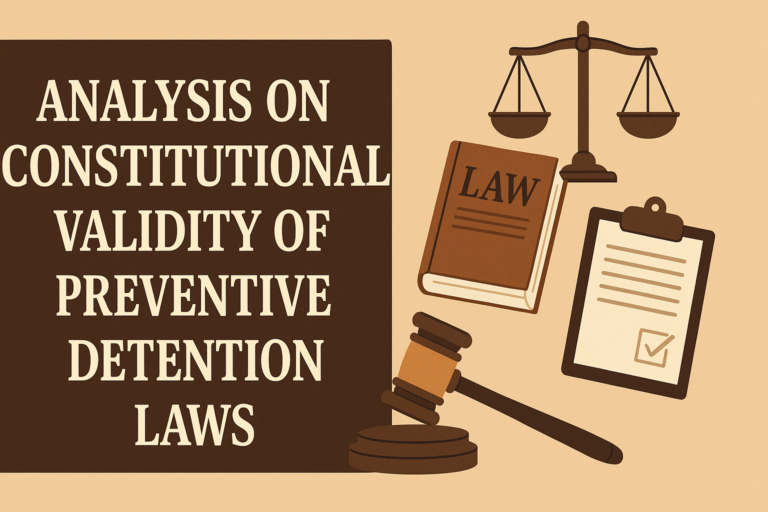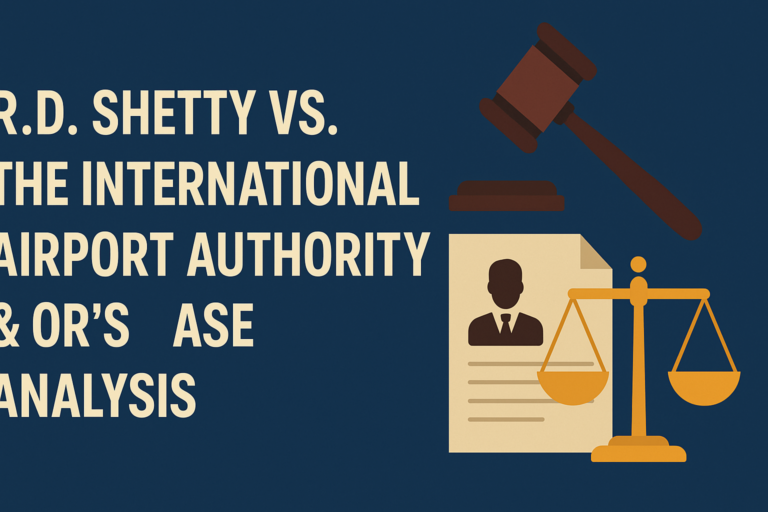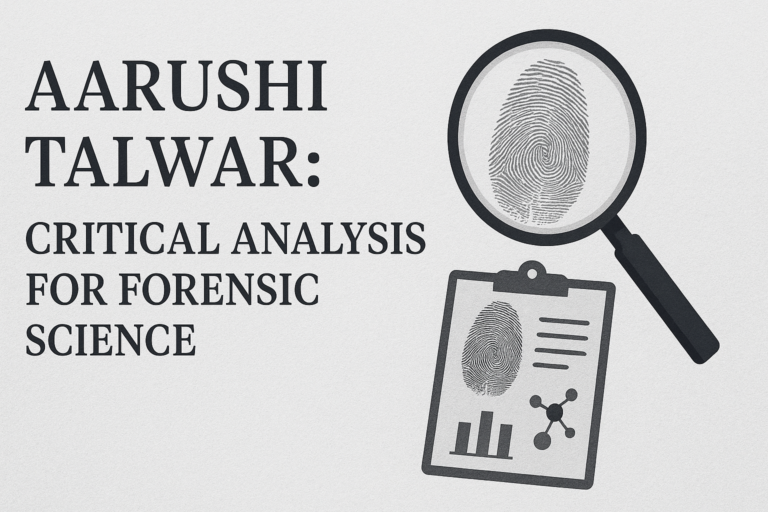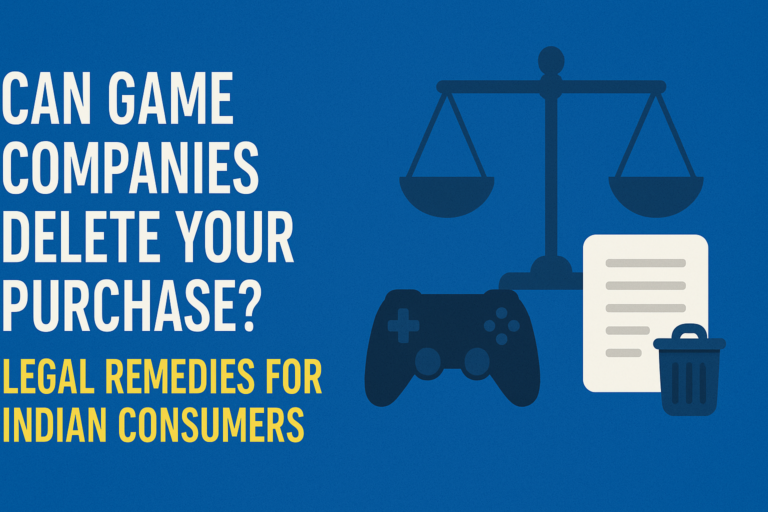
This article has been written by Tadepalli Aditya Kamal ( pursuing 3rd year BBA LLB at KLE Law College, Bengaluru.)

Introduction
At the outset, I find myself grappling with a frequent dilemma intricately linked to the Indian Constitution. Where should I position the constitutional discourse? In which societal segment should I foster and nurture the growth of constitutional deliberations? Should I place it within the narratives of the middle class, individuals striving in their daily lives to secure a livelihood, often veiled in a certain degree of conservatism within their households? Or perhaps, should it find its place among the marginalized sections of society, those for whom even securing two meals a day is a luxury? Alternatively, is there a more fitting place for this discourse within the urban elite, individuals supposedly better equipped to comprehend and deliberate on the societal nuances? Determining where to truly anchor the constitutional discourse is a pivotal question to address, as it is the perspective on the constitution that shapes the path it will traverse.
Howdy, you all! Welcome to your page of knowledge. You will find different legal blogs, the latest news, current affairs, and many more on this channel. This is the initiative to develop the knowledge of the law in the world, especially for you.
Pre – Independence Era
During the pre-independence era in India, the legal and social landscape regarding homosexuality and same-sex relationships was significantly influenced by British colonial laws. The colonial rule in India, which lasted for about two centuries, left a lasting impact on the legal codes and social norms of the country.
British Colonial Era (1858-1947):
- Introduction of Section 377:
The British colonial administration introduced Section 377 of the Indian Penal Code (IPC) in 1860. This law criminalized “carnal intercourse against the order of nature” and was not specific to any particular sexual orientation. However, it was broadly interpreted to criminalize homosexual acts. - Impact on Society:
The introduction of Section 377 reflected the prevailing Victorian-era moral and religious values of the time. It significantly shaped societal attitudes towards non-heteronormative relationships, contributing to stigmatization and discrimination against individuals engaging in same-sex relationships. - Legal Consequences:
Section 377, being a criminal law, subjected individuals engaging in consensual homosexual acts to the risk of arrest, prosecution, and imprisonment. This had a chilling effect on the LGBTQ+ community, pushing many to live in secrecy and fear. - Colonial Moral Values:
The British colonial administration sought to impose its moral values on the diverse population of India. The criminalization of same-sex relationships was part of a broader effort to enforce a moral code that aligned with Victorian standards.
Post-Independence Period: - Retainment of Section 377:
After gaining independence in 1947, India retained many colonial-era laws, including Section 377. The legal framework and societal norms established during the colonial period continued to shape the treatment of homosexuality in post-independence India. - Social Stigma and Secrecy:
The stigma associated with homosexuality, coupled with the criminalization under Section 377, led to a culture of secrecy. LGBTQ+ individuals faced societal discrimination, and many were compelled to conceal their sexual orientation. - Activism and Legal Challenges:
Over the years, activists and human rights organizations began to challenge the discriminatory aspects of Section 377. Legal battles and advocacy efforts sought to highlight the need for decriminalizing consensual homosexual acts.
Historical Legacy: - Impact on LGBTQ+ Community:
The colonial legacy of criminalizing same-sex relationships left a lasting impact on the LGBTQ+ community in India. It hindered the community’s ability to openly express their identities and form relationships without fear of legal consequences. - Legal Reforms:
The ultimate decriminalization of consensual homosexual acts in 2018, with the striking down of parts of Section 377, marked a significant departure from the colonial-era laws. However, it’s important to note that while decriminalization was a crucial step, it did not automatically grant legal recognition to same-sex marriages.
Understanding the historical context of British colonial influences helps in appreciating the challenges and progress made in the legal recognition and societal acceptance of LGBTQ+ individuals in post-independence India.
In the case of Supriya Chakraborty vs Union of India regarding the same-sex marriage rights of the queer community, the esteemed Supreme Court has commendably addressed a sensitive and intricate issue concerning individual and collective rights. This matter, to a large extent, remained unanswered or unaddressed in parliamentary discussions. This underscores the ethical role we envision the judiciary playing – providing a voice to the most marginalized and unheard individuals who struggle to make an impact in parliamentary settings due to limited representation, either stemming from insufficient numerical strength in constituencies or the lack of empathy from their representatives.
However, in matters of such sensitivity, the multitude of opinions (spanning hundreds of pages) may not sit well with everyone. Having four opinions in a bench of five judges introduces an element of uncertainty, but it aligns with the argumentative nature of the constitution. Credit is due to the Master of Roster, Chief Justice of India DY Chandrachud, for forming a bench that was receptive to diverse and vivid arguments throughout the proceedings.
In the current case, the court has earnestly attempted to acknowledge as many rights as possible within its jurisdictional boundaries. Notably, Justice Chandrachud’s dissenting opinion stands out for its effort to confer a marriage-like status to the civil union of two individuals. Justice Chandrachud underscores the functional and operational aspects of various articles of the Indian Constitution, including Article 19(1)(c), (e), (a), 21, and 15(1). He argues that the freedom to settle and create a union cannot be fully realized as long as there is ‘State & Non-State Violence’ against individuals based on their sexual orientation and gender identity.
Acknowledging that marriage, as recognized and regulated by the state, cannot be a fundamental right, Justice Chandrachud also recognizes the limitations of the present legal framework for the Supreme Court to recognize marriage rights for individuals in queer groups. He points out that the relevant law, the Special Marriage Act of 1954, falls short in adequately addressing the rights of the queer group and indirectly discriminates against them. While advocating for individual liberty, dignity, and the choices individuals make, Justice Chandrachud acknowledges the principle of Separation of Power within the Indian Constitution. He asserts that legislative deliberations are essential for framing laws and policies on the matter. In his comprehensive judgment, Justice Chandrachud provides extensive directions for governments to safeguard the civil union of individuals in queer groups. This includes sensitizing the public about LGBTQ rights and establishing criteria for evaluating the rights of the queer group.
Justice Chandrachud adopts an approach that can be summarized as the ‘rights from wrong approach,’ akin to the Comparative Constitutional Law perspective advocated by Allan Dershowitz. He emphasizes that every right proposed is rooted in a past injustice, drawing parallels with Germany’s post-holocaust constitutional focus on fundamental rights and human rights. The majority opinion, led by Justice Ravindra Bhat, does not endorse Justice Chandrachud’s view, asserting that it is not within the court’s purview to create an institution parallel to marriage. The majority opinion maintains that having a right to a civil union doesn’t obligate the state to establish the necessary socio-legal framework. It argues that this is a task for executive deliberation, not the court, while agreeing with the dissenting opinion that the ‘Right to Marriage’ cannot be unqualified.
From a jurisprudential standpoint, the judgment warrants examination through three lenses: legal, moral, and sociological, as referenced in the Oxford Handbook of Comparative Constitutional Law, Chapter 39. Legally, the judgment aligns with the principles of the Indian Constitution. However, morally and sociologically, it may be subject to some scrutiny. On the moral front, questions arise about the ethical responsibility of the Court, delving into why a Court exists. In a democratic context, the Court serves as a forum for representing unheard voices, a concept deeply rooted in the ethical necessity of an independent arbiter. While the judgment has brought the discourse on the rights of the queer community to the forefront, it falls short in delivering the desired result. Yet, initiating a discourse on the grievances of the unheard is a significant step that may pave the way for future jurisprudence, as suggested by Prof. Yogesh Pratap Singh, the author of Judicial Dissent and Indian Supreme Court. From a sociological perspective, the focus is on whether the judgment is widely accepted. When discussing acceptance, it doesn’t refer to the mass population of India but rather the stakeholders of the judgment – primarily the queer community and the legal community. The reception of the judgment has been mixed, with many members of queer groups expressing disappointment. Notably, the portrayal of the judgment as a failure by the media and legal news platforms has contributed to this sentiment. It’s crucial to recognize that the judiciary has done a commendable job within the legal boundaries. Societal acceptance depends on the perception created by media channels, and it seems that they may have failed to accurately convey the true nature of the judgment.
Despite some strides made by the Indian government and judiciary in acknowledging and safeguarding LGBTQ+ rights, achieving complete equality and acceptance for the community remains a substantial challenge. Legal recognition of same-sex marriage and the establishment of comprehensive anti-discrimination laws are still pending, underscoring the imperative for sustained advocacy and awareness campaigns to ensure the comprehensive protection of LGBTQ+ rights. Looking ahead, there is optimism that India will continue progressing towards greater LGBTQ+ rights. Recent positive developments, including the inclusion of gender identity in the national census and certain state governments implementing job quotas and reservation benefits for transgender individuals, demonstrate incremental progress. There is also speculation about the potential legalization of same-sex marriage in the future, particularly in response to the global trend towards marriage equality and the recent adoption of such laws in neighbouring countries like Nepal and Taiwan.
However, it’s crucial to acknowledge the existing resistance to LGBTQ+ rights in India, particularly from conservative religious factions. Efforts to advocate for increased legal recognition and protection of LGBTQ+ rights may encounter opposition from these groups, resulting in potential legal and political battles. The trajectory of LGBTQ+ rights in India remains uncertain, characterized by a mix of positive developments and formidable challenges. Continuous advocacy by LGBTQ+ activists and allies is essential, necessitating a dual focus on pushing for legal reforms and fostering broader awareness and acceptance within society.






